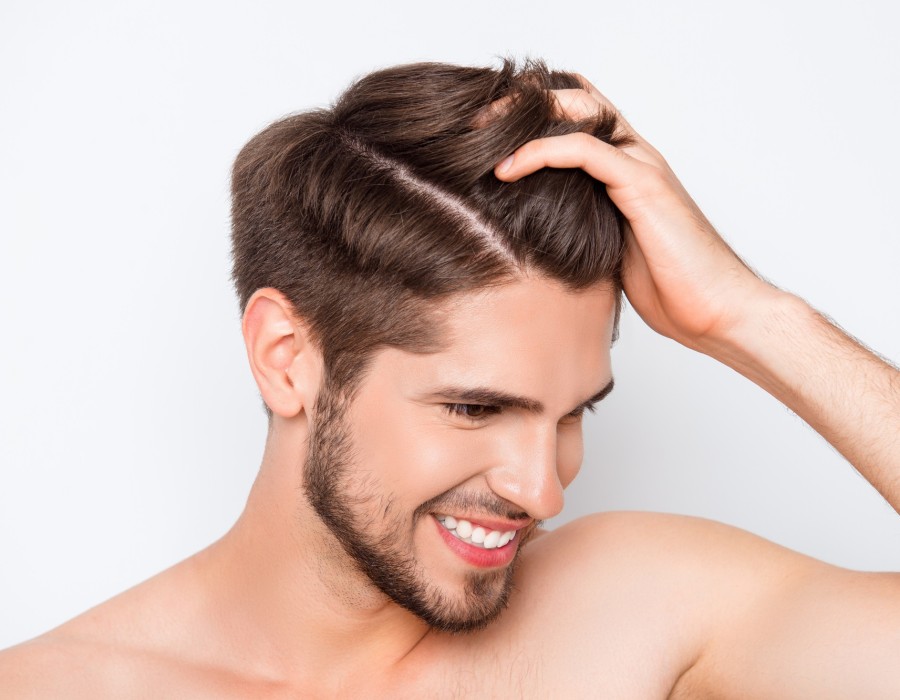A hair transplant is a transformative solution for people struggling with hair loss. With advanced techniques and skilled surgeons, results today are more natural, permanent, and life-enhancing than ever before. But while the procedure itself is relatively minor, the post-operative period is incredibly important. Many people ask: Are there any restrictions on activities after a hair transplant? The answer is yes—there are specific guidelines you’ll need to follow to protect your results and ensure proper healing. Whether you're considering a Hair Transplant in Islamabad or have already booked your procedure, knowing these do’s and don’ts can make all the difference.
Why Is Post-Transplant Care So Important?
Hair transplant surgery involves the delicate placement of grafts into tiny incisions in your scalp. These grafts are fragile for the first few days and need time to settle into their new location. Any undue pressure, friction, or inflammation can dislodge them or damage the area—leading to poor results or even graft failure.
That’s why avoiding certain activities temporarily is a key part of your recovery plan.
Immediate Post-Transplant Timeline (What to Expect)
Before we dive into the restricted activities, here’s a basic overview of the recovery timeline:
- Day 1–3: Initial healing; scabbing and redness may occur.
- Day 4–7: Grafts begin to anchor into the scalp; mild swelling or itching may occur.
- Day 8–14: Scabs start falling off naturally; most physical healing is done.
- Week 2–4: Hair shedding phase (completely normal).
- Month 2–6: New growth begins slowly.
- Month 6–12: Visible results start to appear.
Following proper post-op care throughout this timeline enhances graft survival and supports optimal growth.
Activities to Avoid After a Hair Transplant
1. Avoid Touching or Scratching the Scalp
- Timeframe: First 7–10 days
- Why: Touching or scratching can dislodge grafts before they root properly.
- Tip: If you feel itchy, lightly pat the area or use a doctor-recommended soothing spray.
2. No Vigorous Exercise
- Timeframe: First 10–14 days
- Why: Sweating can increase infection risk and cause inflammation; physical strain may elevate blood pressure, which can affect healing.
- Restricted Activities: Gym workouts, running, heavy lifting, cycling.
- Alternatives: Light walking after 5–7 days.
3. Avoid Direct Sun Exposure
- Timeframe: At least 3–4 weeks
- Why: UV rays can damage sensitive grafts and slow healing.
- Tip: If you must go outside, wear a loose, breathable hat (approved by your surgeon) or stay in shaded areas.
4. No Swimming
- Timeframe: 3–4 weeks
- Why: Chlorine in pools and bacteria in sea or freshwater can irritate or infect your scalp.
- Tip: Plan your procedure well in advance of vacations or beach trips.
5. Avoid Alcohol and Smoking
- Timeframe: Avoid for at least 7–10 days
- Why: Both reduce blood circulation and can impair healing, affecting graft survival.
- Bonus Tip: Consider using this time to cut back or quit entirely for better long-term hair health.
6. No Wearing Helmets or Tight Hats
- Timeframe: At least 10–14 days
- Why: Pressure or friction on the scalp can damage the grafts or create uneven growth.
- Exceptions: Soft, loose caps may be allowed after a few days—but only with your surgeon’s approval.
7. Avoid Hair Styling Products
- Timeframe: 3–4 weeks
- Why: Gels, sprays, and creams contain chemicals that may irritate healing skin and interfere with hair follicle development.
- Alternative: Keep hair natural and clean during the recovery period.
8. No Haircuts or Hair Dyeing
- Timeframe: Wait 4–6 weeks
- Why: Hair treatments can stress or damage your scalp, and hair dye contains harsh chemicals.
- Tip: If you want a haircut or color refresh, get it done a week before your surgery.
9. Avoid Steam Rooms, Saunas & Hot Showers
- Timeframe: 2–3 weeks
- Why: Heat and humidity can inflame the scalp, loosen grafts, and increase sweating.
- Shower Advice: Use lukewarm water and gentle pressure to rinse.
10. Avoid Sleeping Flat on Your Back
- Timeframe: 3–7 days
- Why: Friction and pressure on the graft area during sleep can be harmful.
- Tip: Sleep with your head elevated using pillows or a reclining chair.
Activities You Can Gradually Resume
After the first 10–14 days, most people can go back to their daily routines, including:
- Light office work
- Driving
- Short walks
- Light chores
- Socializing (avoiding dusty or crowded areas)
Always get your surgeon’s clearance before resuming heavy activities.
Tips for a Smooth Recovery
- Follow your surgeon’s instructions religiously.
- Take prescribed medications on time to prevent infection or swelling.
- Avoid self-medicating with over-the-counter anti-inflammatories without approval.
- Stay hydrated and eat a protein-rich diet to support healing and hair growth.
- Attend follow-up appointments for evaluation and care tips.
What Happens If You Don’t Follow Activity Restrictions?
Ignoring post-op guidelines can lead to:
- Dislodged grafts and uneven growth
- Scalp infections
- Scarring or poor healing
- Unnatural hair patterns or low-density patches
- Ultimately, poor results that may require corrective procedures
Final Thoughts
Your hair transplant results are only as good as the care you take afterward. While the surgery itself may take just a few hours, the real transformation happens during the recovery. By respecting post-operative activity restrictions, you give your new hair follicles the best chance to settle, grow, and flourish.
If you're planning a Hair Transplant in Islamabad, make sure you choose a clinic that not only specializes in surgical excellence but also provides detailed aftercare guidance. At SKN Cosmetic Clinic, expert surgeons combine skill, experience, and patient-focused care to deliver outstanding, long-lasting results.





Comments